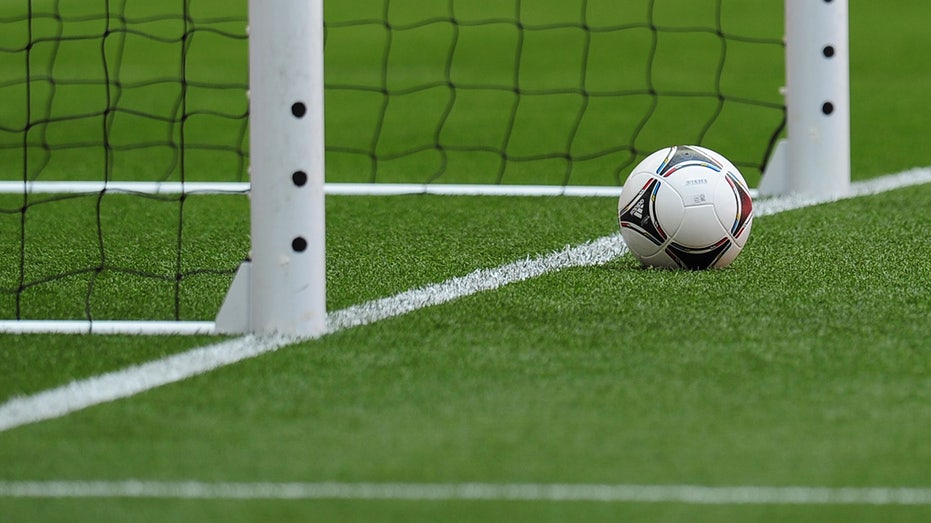- by foxnews
- 24 Nov 2024
iPad Pro M4 review: ludicrously good hardware that
iPad Pro M4 review: ludicrously good hardware that?s total overkill for most
- by theguardian
- 22 May 2024
- in technology
Apple's latest iPad Pro is thinner and lighter, and has a stupendous new OLED screen, plus oodles of power to do practically anything. But it is no longer just the super-premium iPad - it is also aiming to be an impressive tool for the creative industry.
It still looks and acts like an iPad, ready to do regular iPad things such as browse the web, watch TV or chat to your family on the other side of the country. But to do only that with a machine this advanced is total overkill - Apple has many other iPad models suited to that sort of thing.
Unlike previous generations of the iPad Pro, the 11in and 13in have the same new screen technology, making the smaller model as reviewed more tempting. It essentially has two OLED screens layered on top of each other to produce an extremely high full-screen brightness of up to 1,000nits, and a peak of 1,600nits in super-bright spots in HDR content.
For reference, other iPads top out at 600nits, while many competitor tablets, laptops or monitors barely reach 400nits. It runs at up to 120Hz, making it super-smooth in operation, and has incredible contrast similar to high-end OLED displays on phones or TVs. Blacks are truly black, whites are super-bright, and it is spectacularly colourful and accurate. It surpasses the already excellent previous generation, and will be the best screen in almost everyone's house.
For those likely to need absolute colour accuracy, such as those in the film industry, Apple also offers a special reference mode in settings, and sells an antiglare nano texture screen coating, similar to its professional monitors.
The tablet is extremely thin at 5.3mm thick or less, and is now lighter by up to 103g depending on the model. You will need a case to keep it safe, and you will need to be more careful with it than you might a cheaper, bulkier tablet. The Face ID selfie camera is now in the right place for video calls in landscape, which is much better.
The iPad Pro is the first product to get Apple's new generation of M4 chips. It is about 1.5x the speed of the M2 chip in previous tablets, and faster than the M3 in Apple's latest laptops.
Benchmarking puts it about on par with the M3 Pro chip from a MacBook Pro, which makes it more powerful than most thin laptops. In general use, the iPad feels snappy and smooth throughout, handling multitasking and advanced photo editing tools such as Affinity Photo easily.
While the M4 chip is happy to handle documents or play the very latest games, it is really designed for power-hungry creative tools, such as 3D sculpture apps, video editors, grading apps and renders, offering compelling alternatives to the workstations usually used for such tasks.
Happily, it is also a very power-efficient chip, which makes for solid battery life: up to 10 hours. The 11in iPad Pro lasted for about eight hours of multitasking while writing, photo editing and doing other light work, more than nine hours of HDR movie watching, or seven hours gaming in Diablo Immortal.
One thing that is different from other iPads, is that a predominantly white screen consumes more power because of the way the OLED technology works. Putting the tablet into dark mode with white text on a dark background extended battery life when writing considerably.
Apple does not provide an expected lifespan for the battery but it should last in excess of 500 full charge cycles with at least 80% of its original capacity, and can be replaced from �175. The tablet is generally repairable, with a damaged out-of-warranty repair costing from �819.
The tablet contains at least 20% recycled content, including aluminium, copper, gold, tin, plastic and rare earth elements. Apple breaks down the tablet's environmental impact in its report and offers trade-in and free recycling schemes, including for non-Apple products.
Apple also has a new version of its Magic Keyboard for the iPad Pro, which is its most laptop-like yet. It has a new aluminium deck, function key row and trackpad with haptic feedback, just like a MacBook laptop. The outside is still a soft-touch plastic, though, which makes it feel less premium and gets dirty quickly.
Note that the iPad Pro M4 does not support the second-gen Apple Pencil, Magic Keyboard or many other accessories designed for the previous generations of iPad.
For comparison, the 10th-gen iPad costs from �349, the M2 iPad Air costs from �599 and the Samsung Galaxy Tab S9 costs from �799. The M3 MacBook Air starts at �1,099.
The iPad Pro M4 is a thoroughly impressive piece of hardware. It is a super-thin and light tablet with solid battery life, an M4 chip that makes it more powerful than many laptops, and a screen so good that it will easily be the best in most homes.
More so than previous generations, Apple has leaned into the "Pro" part of the iPad, giving it advanced features such as a colour reference mode, the upgraded stylus and serious horsepower that cater to the creative industry in ways no other tablet maker has. What it can do with the right app is thoroughly impressive.
Of course, it can still do all the regular tablet things, such as browsing and watching TV. But it is simply far too expensive for most for that kind of use, even if everything does look fantastic on the killer screen. And like every other iPad with an M-series chip, it is hamstrung by iPadOS for general work compared with a laptop. A similarly priced MacBook Air is still more adaptable in software, if not in form.
It might be the best, most desirable tablet available by some margin, but the iPad Pro is total overkill for most people.
- by foxnews
- descember 09, 2016
Italy expected to draw travelers by the millions as Pope Francis kicks off Holy Year
The 2025 Jubilee will bring tourists to the Vatican, Rome and Italy to celebrate the Catholic tradition of patrons asking for forgiveness of sins. Hope will be a central theme.
read more





